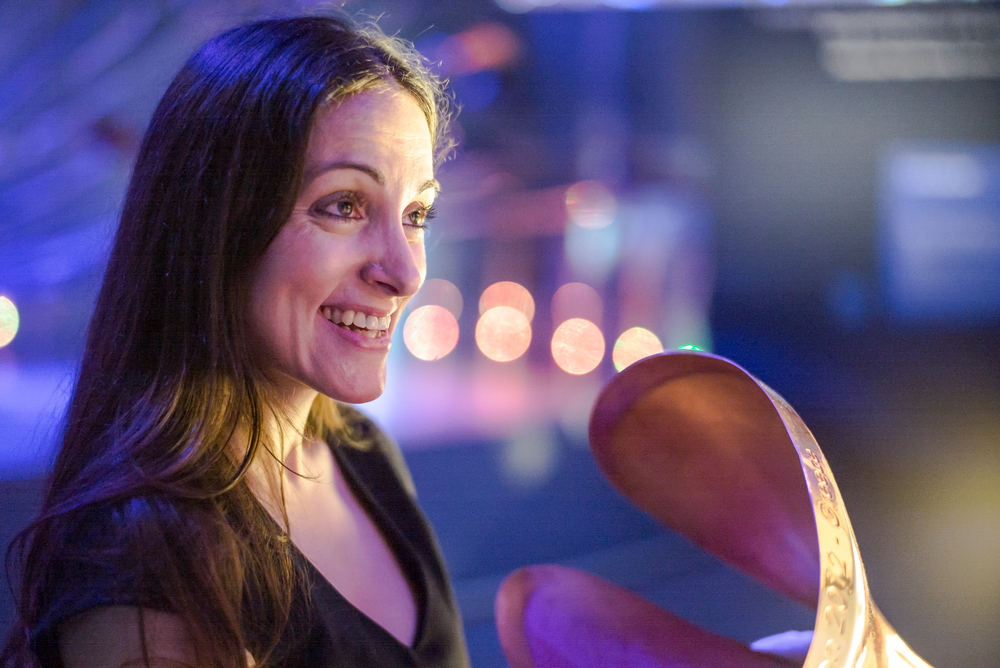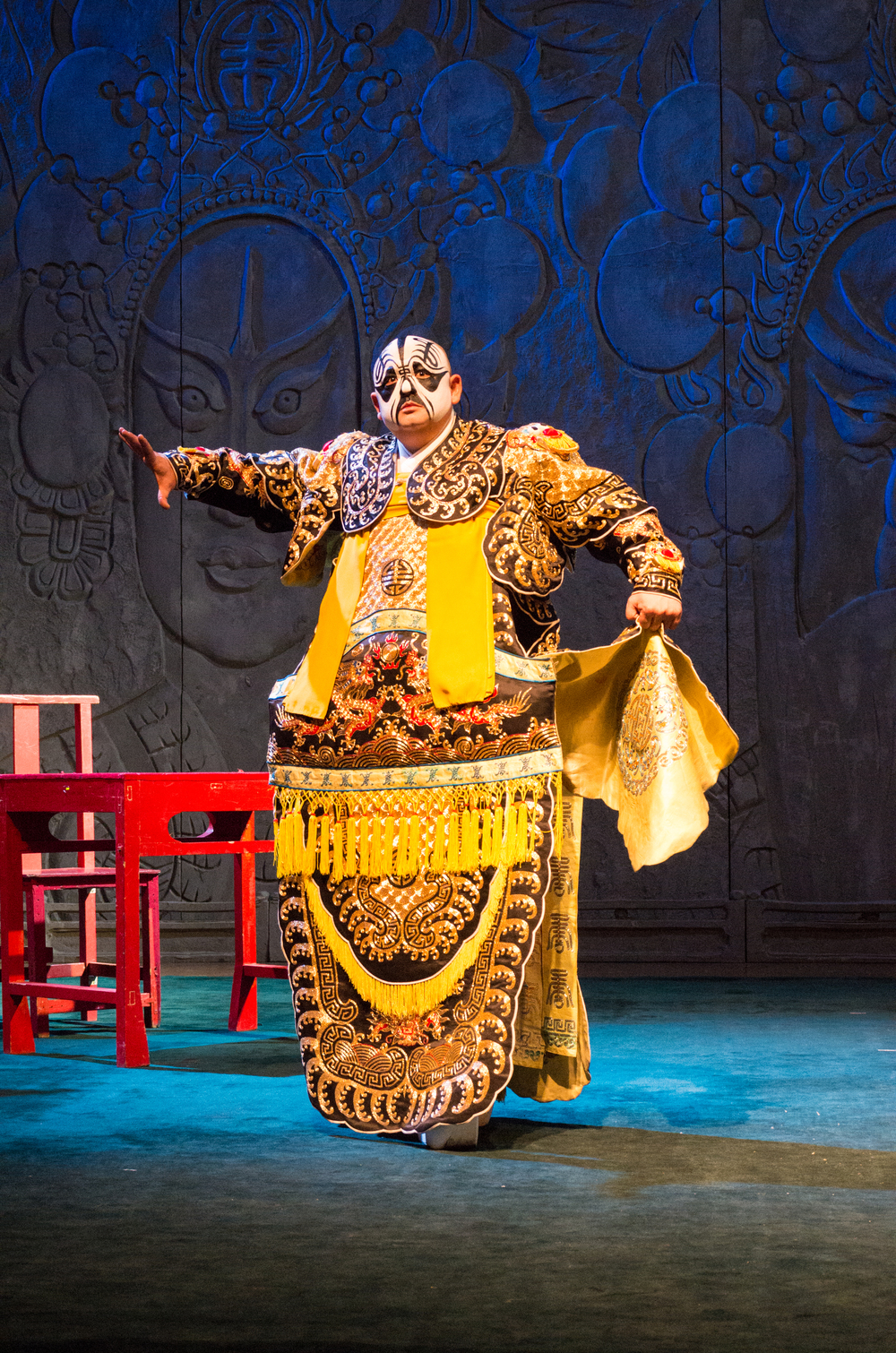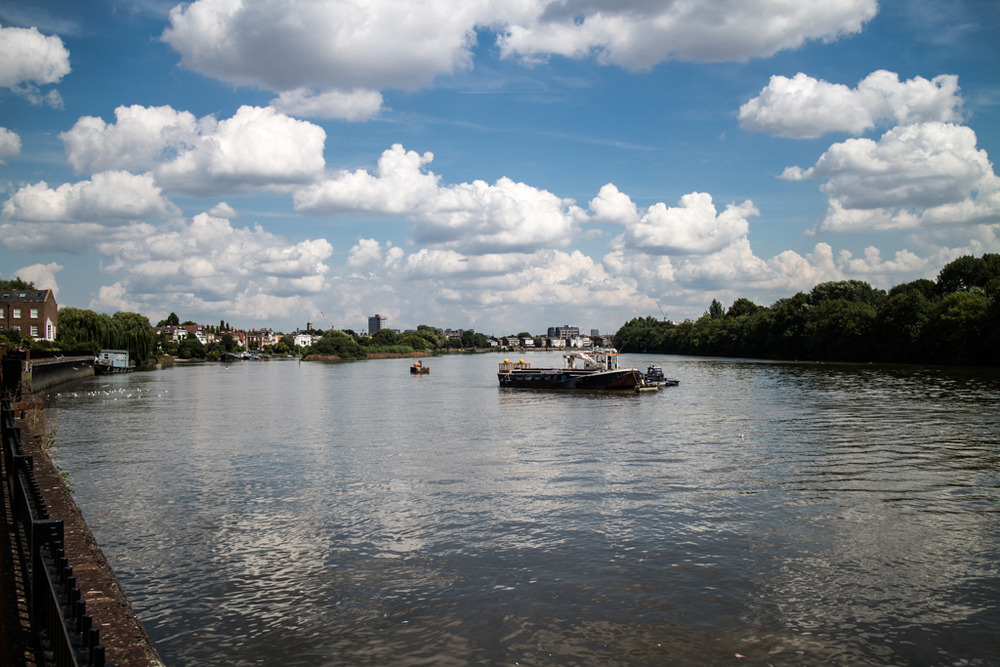
When travelling it is always difficult to decide what photographic gear to pack. The more cameras you own, the worse the decision making process. There is a strong tendency to take everything, just in case, but this is seldom feasible.
I am now about to leave London for the annual summer break in Greece: Lots of sun, lots of dust and the inevitable winds of the Cyclades. As always, I agonise over what cameras and lenses to pack. Many of my friends face the same dilemma whenever travel beckons; there is a fear of leaving something behind that might just be needed.
Only George James, among my photographer friends, has an enviable clarity of thought and a dedicated focus on Leica. For him it is a choice between his M9 and the Monochrome. But even that can be difficult, not to mention the dilemma over which lens or lenses to add to the mix. Nevertheless, I admire his sense of purpose and relative immunity from Gear Acquisition Syndrome.

Back to the packing list in hand. As a good all-purpose carry-round street camera it has to be the Leica X Vario. The 28-70mm Vario-Elmar is a great lens, equal to primes at all focal lengths, and the camera will give me the versatility I need in addition to the discipline of the one-camera-one-lens M. If I owned a Leica T it would have been an even better choice because it would have given me the opportunity to add a T prime or use the odd M prime. For this reason I needed something more than the XV.
For full-frame goodness and low-light performance I was torn between the Leica M and the Sony A7r. Both are capable of amazing results with the right lenses. I toyed with taking the Sony and a stable of Leica M optics, possibly adding the only EF-mount lens I possess, the 35mm f/2.8. I even considered packing the 28-70mm Vario-Elmar-R to add a bit of flexibility to the package. But it was all looking a bit weighty and would perhaps present too many choices on a day-to-day basis. I am influenced by the weight because all this gear has to go into hand luggage alongside a rather hefty 15-in MacBook Pro Retina.
In the end I settled on a really pure solution: The Leica M and just one lens. George will be proud of me. This single optic has to be the 50mm Summilux for its all-round capabilities, including love of low-light evening work. The advantage of this purity is that I will not be tempted to change lenses in dusty conditions and I will be able to focus on getting the best out of just one focal length, always A Good Thing. Last summer, I remember, I took just the Leica Monochrome and a couple of lenses, including the 75mm Apo Summicron which proved its worth as a general street lens, contrary to received wisdom. Since I had no choice once I got to my destination I was content and I got some good shots.

Finally, in the interests of research, I decided to throw in the new kid on the block, the little Canon EOS M. From what I have already experienced of the 22mm (35mm equivalent) f/2 prime, the Canon can give the Fuji X100S a run for its money in the streettog stakes. And the 29-88mm-equivalent zoom is an adequate if not stellar performer for general work. It will be interesting to see how it stacks up against the known excellence of the X Vario’s lens. The Canon will be something to stick in the pocket when I don’t want to carry a bag.
So, against all odds, it seems I have made a decision, despite opting for two more cameras than I really need.It’s not quite one-camera-one-lens, but it give me something to do. I had better get all the gear packed away before I change my mind. All rights to change reserved, of course.
